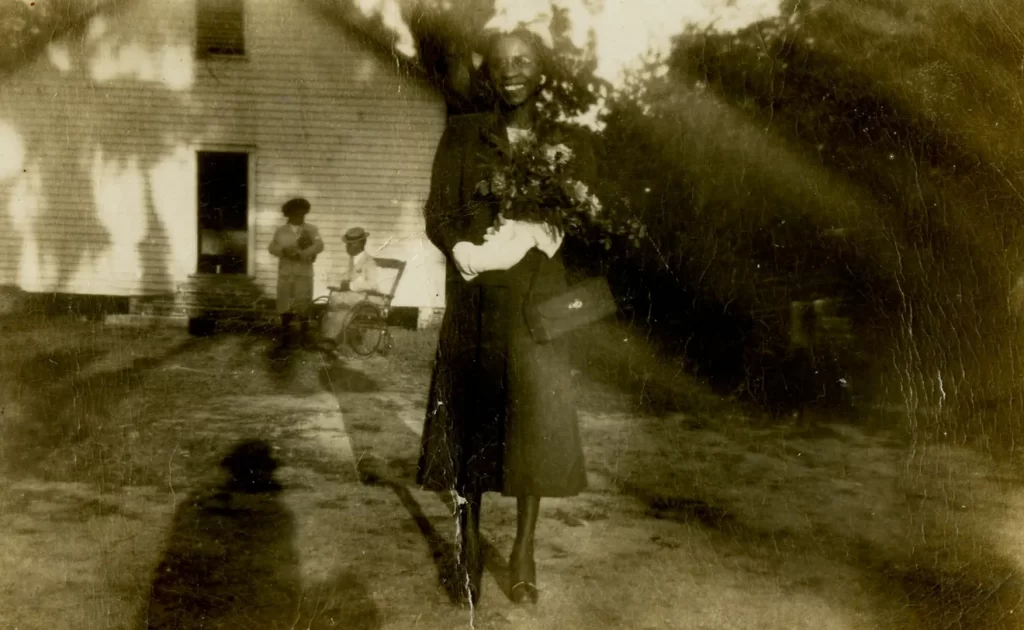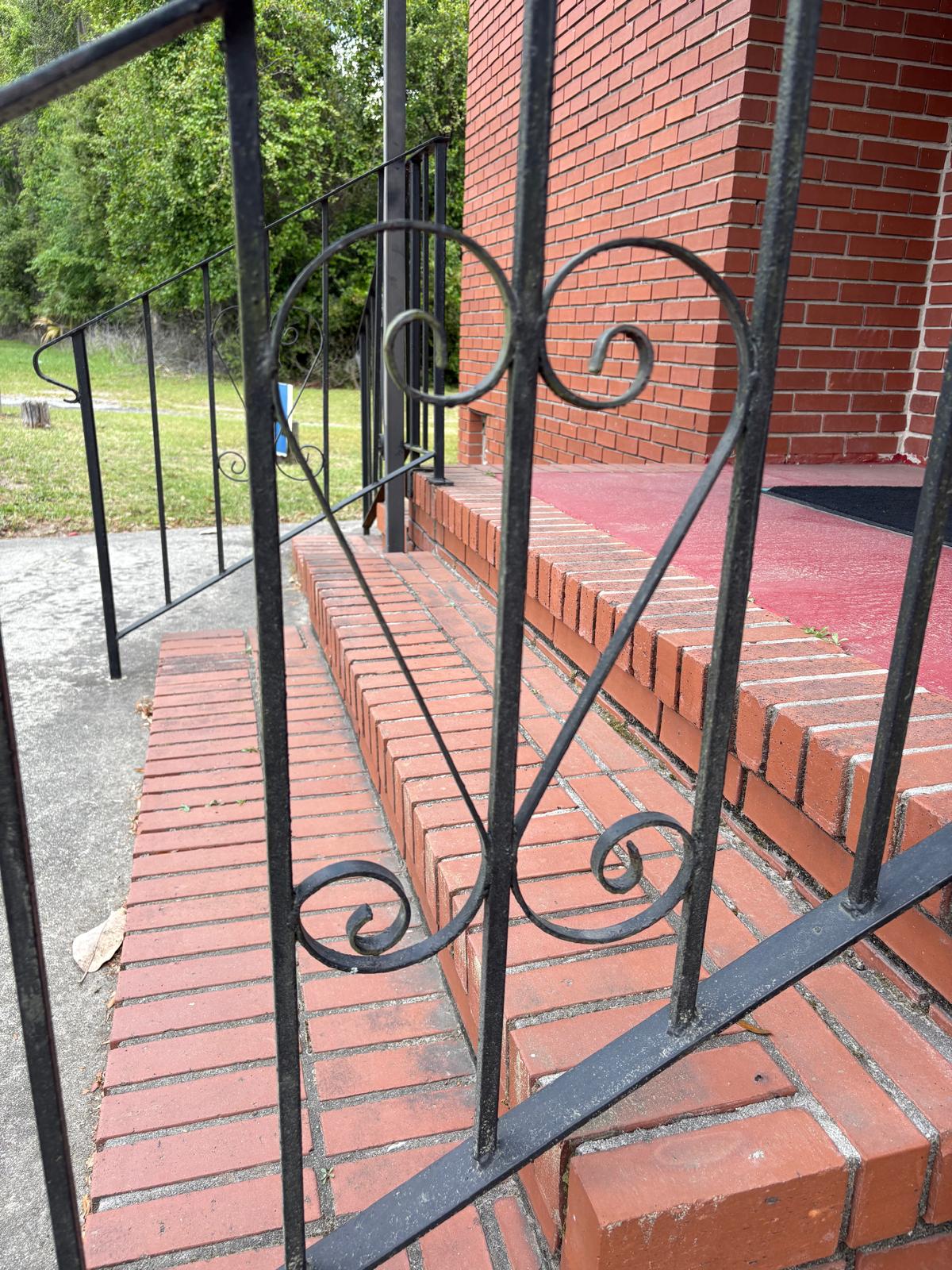Today felt like a love note from the ancestors.
I was on set for Port SAVant’s music video “Movin,” which features a snippet of my TEDx Talk layered into the track. The song is all about returning to self, moving with purpose, and honoring our origins. So it felt perfect that the video was shot at Second Mount Pleasant Baptist Church, off Coffee Bluff Road in Savannah.
The church itself was founded in 1890, and you can feel that history in the bones of the building. The kind of history that doesn’t just live in plaques or archives, but in the earth, in the quiet, in the way the wind moves through the moss.
Coffee Bluff holds a special place in Black Savannah’s story. After the Civil War, around 200 freed people—many from St. Catherine’s Island—settled there. Gullah-Geechee folk. They built a life through fishing and farming, sustaining themselves and the city of Savannah through grit, grace, and generational knowledge. They preserved language, foodways, crafts, and spiritual practices that link directly back to West Africa.
As I was walking up the steps into the church, something caught my eye: a Sankofa symbol forged into the ironwork of the handrail. Sankofa—go back and fetch it. A West African Adinkra symbol that teaches us to return to the past to bring forward what we need.
I’ve seen Sankofa all over Savannah, from jewelry to murals, from gravestones to gallery walls. But this one hit different. It wasn’t a curated installation. It wasn’t a shout. It was a whisper. A tag left by someone who knew. Someone who understood that this place—this literal step into the sanctuary—was sacred, and it deserved to carry a message from the ancestors.
It felt like graffiti, in the best way. Like our people leaving a mark, saying: We were here. We are still here. We are proud.

In that moment, the symbol became more than aesthetic. It became evidence. Of presence. Of resistance. Of pride in African heritage at a time and in a place where that pride wasn’t always safe to show.
As I research Black craft traditions—especially ironwork—I’m thinking a lot about how artistry becomes ancestry. How even a church rail can hold memory. The hands that bent that iron weren’t just making something useful. They were encoding legacy.
And maybe, they were speaking directly to us.
As we filmed, I thought about how fitting it was that this symbol made its way into the background. Unscripted. Unannounced. Still doing the work. That’s the magic of the South. You can stumble up on a sermon without stepping inside a church. You can be reminded of who you are by something as simple as a curve of metal.
So here’s to the Sankofa on the rail. A note to self. A reminder to look back so we can move forward—with memory, with music, with meaning.

Leave a Reply